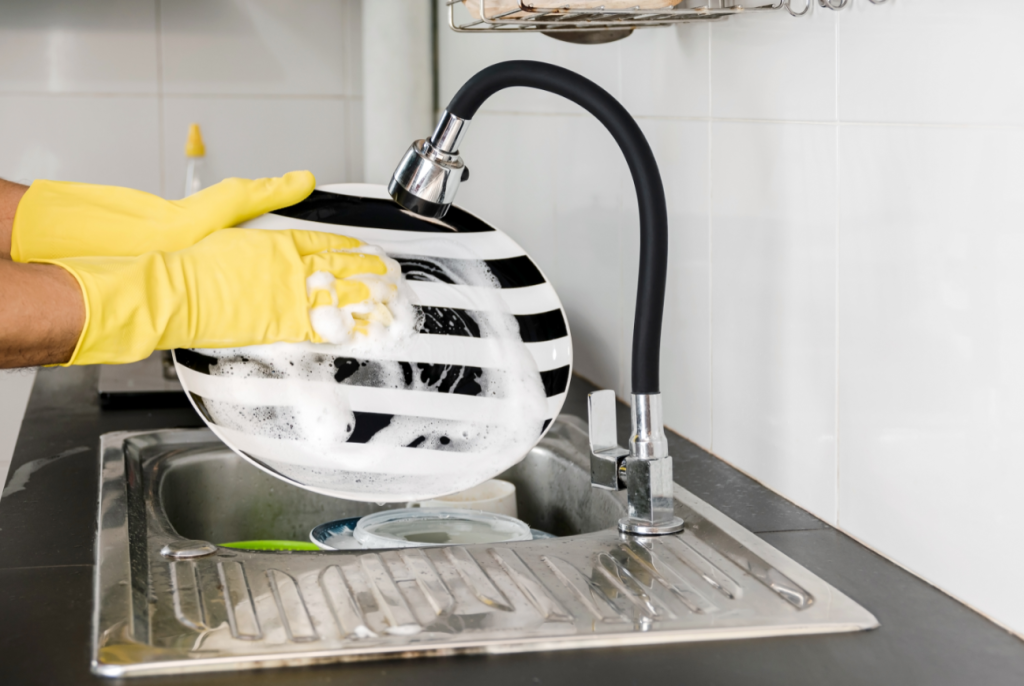With proper care and maintenance, many items we have in our homes will give many years of service. But just because some things last a long time, not everything is designed to, or even meant to.
We’ve therefore put together this guide on how often you should replace various items in your home, covering the items that can directly affect your safety, comfort, or health. While this isn’t an exhaustive list, it’s a good place to start.
Air Conditioning and Heaters
If you clean and maintain them properly, A/C units should last between 15-20 years. This means an annual inspection to ensure the refrigerant levels are good, the capacitor, motors and compressors are functioning properly, and cleaning the coils of dirt and debris. Don’t forget to change the filters inside your house, too, to help keep air flowing and reduce strain on the fan motors indoors.
Here are some signs you should look to replace your A/C unit:
- It no longer blows cool air, or the air flow seems restricted – the first is obvious, the second may be a little more difficult to detect, especially if the restriction isn’t sudden.
- Moisture buildup – some moisture is normal, but if it’s leaking or similar, that needs to be fixed. In addition to possible damage, it could breed mold.
- Abnormal noises – is your A/C unit louder than it used to be? Any unusual noises, like grinding, squealing, or chattering? Those aren’t normal and should be checked out.
- It smells – If your A/C is blowing smelly air, especially if smokey or burning smells, your system needs to be looked at.
- High energy bills – if your A/C costs have shot up and it doesn’t correlate with increased utility rates, then have your A/C looked at.
Smoke detectors and fire extinguishers
You should be changing your smoke detector batteries every six months (unless your units came with 10-year batteries), you should be changing your smoke and carbon monoxide detectors every 10 years. If you’ve been in your home more than a decade and haven’t swapped out your detectors, now is the time to get it done. Getting new models that have the extended battery will save you needing to replace the batteries, though you should still test the detectors monthly.
Fire extinguishers follow a similar schedule. Even though they don’t have a true expiration date, you can usually expect them to last for 10-12 years, or until you use them. Non-rechargeable extinguishers should be replaced every 10 years, unless you’ve used it or they show signs of any of the following:
- Cracked, torn, or blocked nozzle or hose
- Missing safety seal or “locking pin” in the handle
- Broken or loose handle
- Missing inspection sticker or hang-tag that shows the record of checks and maintenance (for commercial use extinguishers)
Dish Sponges
Unless you’re specifically trying to grow lab cultures, you should be replacing your dish sponges every couple of weeks. You may be tempted to try and clean and sanitize them, but that doesn’t really work as the bad bacteria just recolonize the sponge in greater numbers than previously.

Water Filters
Your drinking water may taste fresh, but contaminants can be odorless and tasteless. While it’s best to follow the guidelines of your filter’s manufacturer, a good rule of thumb is to change filters according to the following schedule:
If you use a filter for your drinking water, you should be changing it out every 2-6 months, depending on the type. For pitcher-style filters, you should be changing them every two months, whereas you should swap out your refrigerator filter every six months, based on usage. A single-person home probably won’t need to change filters as often, whereas a family of 6 might need to change them more frequently.
Mattress and Pillows
As much as we spend on trying to get a good night’s sleep, we try and stretch out the replacement time for mattresses and pillows longer than we probably should.
While mattresses and pillows don’t come with expiration dates, they do wear out. In addition, they can capture sweat, allergens, and dust mites.
A decent rule-of-thumb is to get a new mattress every 6-8 years and pillows every 2 years.
Signs you need a new mattress:
- It is 6-8+ years old
- It negatively affects your sleep
- It sags or is damaged
- You regularly wake up with muscle or joint stiffness
Signs you may need a new pillow:
- It has lost its shape
- You’re waking up with worse congestion or allergies than when you went to sleep (could also be a mattress issue)
- It smells or is stained
- It isn’t comfortable anymore
Remember that about 25%-30% of our lives are spent sleeping. Make sure it’s quality sleep.









